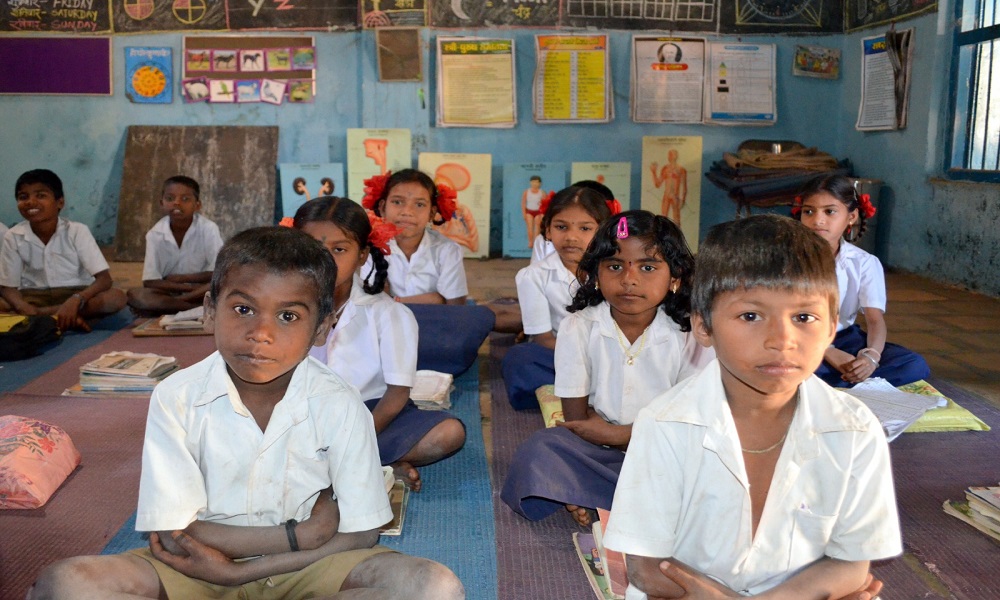Educating children in low-income communities presents a unique set of challenges. These children often face barriers that can impede their academic success and limit their future opportunities.
However, numerous strategies and solutions can help overcome these obstacles and ensure that every child has access to a quality education.
Challenges
Limited Resources: Schools in low-income communities often lack basic resources, including textbooks, technology, and classroom supplies. This scarcity can hinder effective teaching and learning.
Underfunded Schools: Funding for schools in low-income areas is frequently inadequate. This can result in larger class sizes, outdated facilities, and insufficient support services.
Teacher Shortages: Low-income schools may struggle to attract and retain qualified teachers, leading to a higher turnover rate and less experienced staff.
Socioeconomic Barriers: Children from low-income families often face additional challenges outside of school, such as hunger, homelessness, and lack of access to healthcare, which can affect their ability to focus and perform well academically.
Parental Involvement: Parents in low-income communities may have less time or resources to support their children’s education due to work commitments or lack of educational background themselves.
High Dropout Rates: Students in low-income communities are at a higher risk of dropping out of school due to financial pressures, lack of support, and low academic achievement.
Solutions
Increasing Funding: Ensuring that schools in low-income areas receive adequate funding is essential. This can be achieved through policy changes that allocate more resources to these schools, as well as through partnerships with businesses and non-profit organizations. Educating Children in Low-Income is a difficult task for poor people.
Providing Resources: Equipping schools with the necessary resources, such as modern technology, updated textbooks, and classroom supplies, can enhance the learning experience. Community organizations and businesses can play a role by donating materials and funding.
Supporting Teachers: Attracting and retaining qualified teachers requires competitive salaries, professional development opportunities, and a supportive work environment. Providing incentives for teachers to work in low-income areas, such as housing assistance or loan forgiveness programs, can also help.
Addressing Socioeconomic Barriers: Schools can implement programs that address the external challenges students face. This includes providing free or reduced-price meals, offering health services, and creating after-school programs that provide academic support and a safe environment.
Encouraging Parental Involvement: Schools can engage parents by offering flexible meeting times, providing resources and training to help parents support their children’s education, and creating a welcoming school environment. Community outreach and home visits can also bridge the gap between schools and families.
Reducing Dropout Rates: To reduce dropout rates, schools can offer mentoring programs, counseling services, and alternative education pathways that cater to students’ individual needs and interests. Early intervention programs that identify and support at-risk students can also be effective.
Innovative Approaches
Community Schools: Community schools integrate academics with health and social services, youth and community development, and community engagement. This holistic approach addresses the needs of the whole child and their family, creating a supportive learning environment.
Technology Integration: Leveraging technology can help bridge educational gaps. Online learning platforms, virtual tutoring, and digital resources can provide additional support to students and make learning more engaging and accessible.
Partnerships and Collaboration: Schools can form partnerships with local businesses, non-profits, and higher education institutions to provide additional resources, mentorship programs, and real-world learning opportunities.
Culturally Relevant Curriculum: Developing a curriculum that reflects the diverse backgrounds and experiences of students can make learning more relevant and engaging. This approach can help foster a sense of belonging and motivation among students.
CONCLUSION:
Educating children in low-income communities requires a multifaceted approach that addresses both the in-school and out-of-school challenges these students face.
By increasing funding, providing essential resources, supporting teachers, and addressing socioeconomic barriers, we can create an environment where all children have the opportunity to succeed. Innovative approaches and strong community partnerships are also key to overcoming these challenges and ensuring a brighter future for every child.
At Fikrah, we are committed to advocating for and supporting initiatives that improve education for children in low-income communities, recognizing that education is a powerful tool for breaking the cycle of poverty and fostering social equity.
Click here to know more about “How To Improve Education For Low-Income Students”

